How to Clone Autoflowers and Is It Worth It?
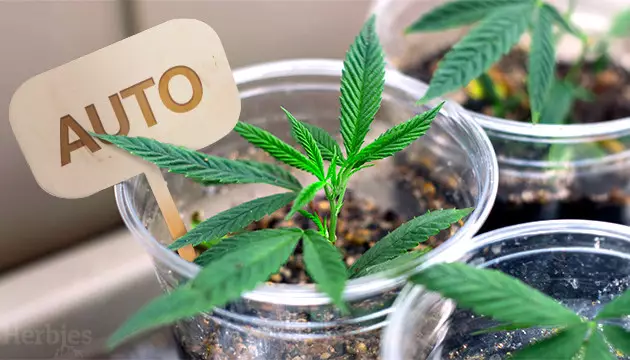
Autoflowers and photoperiod strains have much in common, but one area where they differ significantly is cloning. Stick with us to find out how to clone autoflowers if you want to try this for whatever reason (spoiler alert: we can’t think of many situations when it’s worth it).
Understanding Autoflowering Strains
Unlike traditional, photoperiod cannabis that can be kept in the vegetative stage indefinitely (if daylight is longer than 12 hours), autoflowers only spend a few weeks vegging and then start to flower automatically.
This is thanks to the presence of Ruderalis DNA. Ruderalis is a small, feral cannabis variety from Siberia where summers are extremely short, so plants are in a hurry to complete their life cycle before the cold arrives.
When it comes to cloning, autoflowers have limitations in terms of what can be achieved. However, if you’re interested, you can still try autoflower cloning.
What Exactly is Cloning?
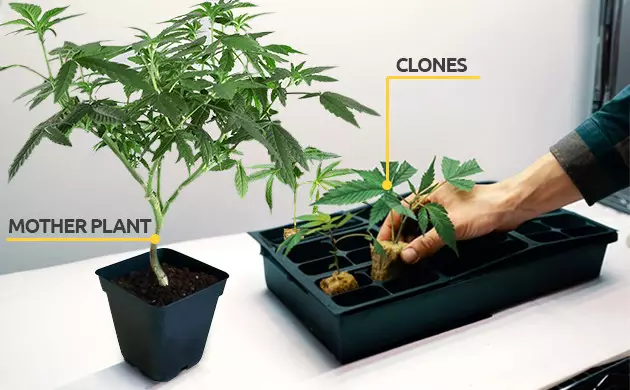
Cloning is the way to propagate plants with cuttings rather than with seeds. To clone a weed plant, you simply wait until its side branches are at least 4 inches (10 cm) long, then cut and root them. These cuttings are almost exact genetic copies of the mother plant (save for some tiny genetic drift).
They let you grow your keeper – the one you’ve probably selected among dozens of plants – repeatedly until you find something even better or get tired of the smoke.
You can even keep a large collection of the best mother plants – a stoner’s equivalent of a wine cellar. Mother plants can be just bonsai-sized, and by running a small light 18/6, you can keep them in veg for years.
Is It Possible to Clone Autoflowering Plants?
This is one of those yes-and-no answers. Yes, you can clone autoflowers, but it doesn’t make much sense to do so. Unlike photoperiods, there’s no way to create an autoflowering mother plant as an endless source of cuttings. As for trying to achieve the maximum yield from each auto seed, cloning won’t get you far.
Why Do People Clone Autoflowers?
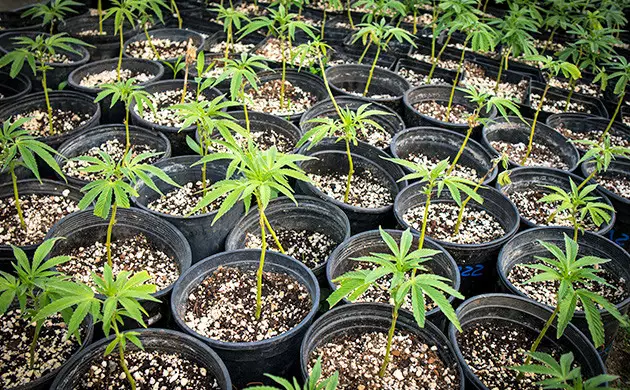
Well, here’s one reason for you. Modern autoflowers are nothing like the first of them used to be. Today, they can grow big and have an insane amount of branches, especially if you start training them early on.
Outdoors, we’d recommend keeping all those branches (except maybe the bottom pair or two). Indoors, you’ll probably have to prune a lot – and why throw all those cuttings away if you can root them?
Of course, they’ll never have the time to turn into full-fledged bushes, but each can still give you a few joints worth of bud. The same goes for any branches that you break off by accident.
Are Autoflowering Strains Good for Cloning?
Any vegging plant can be cloned easily, and autoflowers are no different (although cloning plants that are in the flowering stage, aka monster cropping, is trickier). The challenge of cloning autoflowers is that their vegetation time is so short – your cuttings will probably throw out the first pistils before they even root. Generally, autoflower cloning works best for those plants that grow rapidly, develop side branches early on, and have a slightly longer veg time than normal.
If You Still Want to Clone Autoflowers
As you can see, the question of how to clone autoflowers is an easy one – just do it the same way you’d clone any normal weed plant. However, you should be on your A-game, given that autos have a short veg stage, so here are a few tips:
- Use sterile instruments; sterilize them with rubbing alcohol if you need to.
- Use a very sharp knife to cut the branch without crushing its tissues.
- Keep the cuttings in very cold water before starting to work on them.
- Make a long diagonal cut to get as much surface as possible for the roots to grow.
- Dip the surface of the cut in a rooting hormone.
- Cut every leaf of the clone in half to reduce the surface of evaporation.
- Keep the cuttings in a humidity dome at close to 100% RH.
- Keep your clones under a weak light.
- Use small rockwool plugs as a medium and never let them dry out.
- Insert the plugs into the final pot as soon as you see the roots emerge.
Does Cloning Ruin Strains Over Time?
Cloning presents certain dangers, the main one being that if a mother plant is infected, the infection will spread to all its offspring. However, it also has enough benefits to outweigh the risks, and the main one is that you get to keep your favorite genetics almost forever.
Or do you? Well, genetic drift is a real thing. It’s tiny, but those small mutations in your plant’s DNA (as the cells keep dividing) can pile up over the years, or maybe even decades, and eventually become noticeable. Most likely, the aroma, taste, or effects will start to deteriorate, as mutations are rarely advantageous.
How Many Times Can I Clone a Plant?
That genetic drift we talked about earlier is almost imperceptible if you keep the original mother plant and only take cuttings from her. However, if you take clones from clones and pass them around like this for several generations (as they did with the UK Cheese, for example, or other clone-only legends), you may find out that the precious cutting you got from a friend of a friend isn’t quite the real McCoy. It’s irrelevant for autoflowers though, as there’s no way you can use an autoflower clone as a source for more clones.
Try Perpetual Harvesting Instead of Cloning Autoflowers
Cloning autoflowering plants will probably appeal to thrifty growers who hate seeing anything go to waste, but as a way of seriously bumping up your yields, it’s hardly practical. If you want to have fresh bud to smoke year-round, try the perpetual harvesting method instead.
The idea is to not cram as many plants as possible into your grow room all at once but rather to leave the majority of space vacant and fill some of it with a new portion of seedlings every 2-3 weeks.
Eventually, the whole area will be filled, and you’ll have plants at different stages of their life cycle – from sprouts to gorgeous beauties almost ready for harvest. As soon as those are cut and go into the drying room, a new generation will take their place.
The beauty of autoflowers for the perpetual-harvest method is that they all require the same light schedule regardless of their age.
So, Should I Clone Autoflowers?
Now you know enough about how to clone autoflowers to decide if you want to try this in your garden. Just remember that leaving a branch on the original plant will bring you better results than cutting and rooting it. However, if you prune some branches anyway, why not use them for clones? The same if you’re on a budget and want to get the most out of every seed you buy.
Can you clone autoflowers as a way to increase yields? No, but there are many other methods for that, from growing in coco coir and hydroponics to training your autos, giving them more hours of light, etc. As always though, try not to rely on tricks – instead, focus on sound cultivation practices that result in healthy and thriving plants. Happy growing!
Herbies Head Shop expressly refuses to support the use, production, or supply of illegal substances. For more details read our Legal Disclaimer.

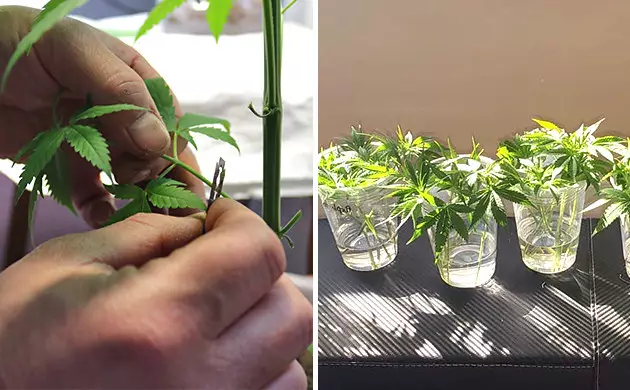
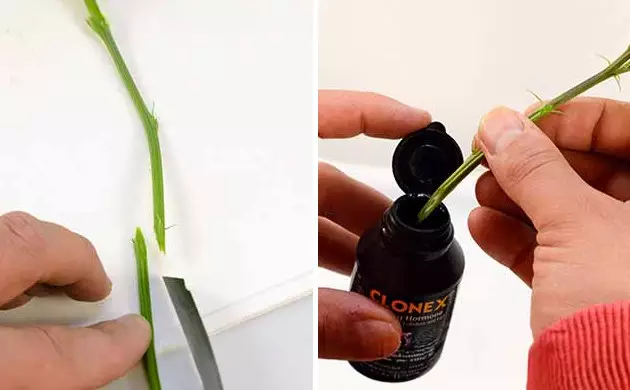
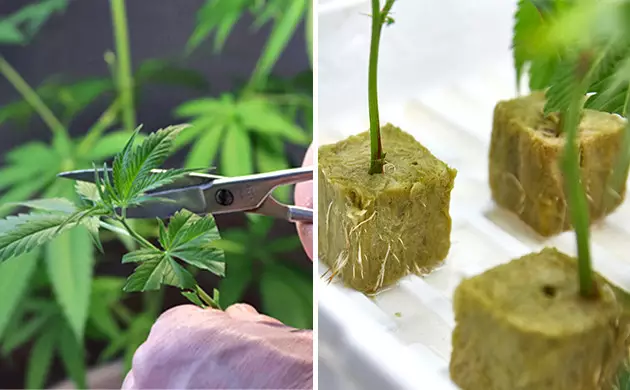
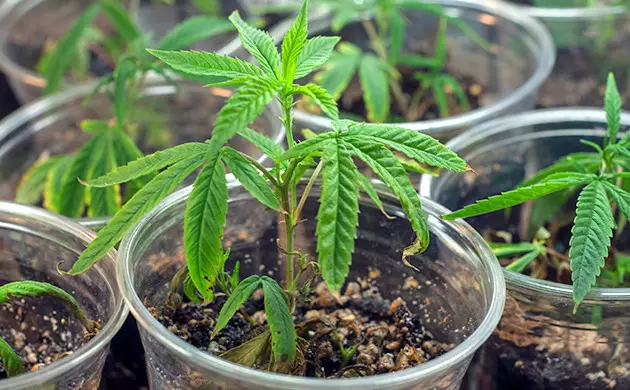





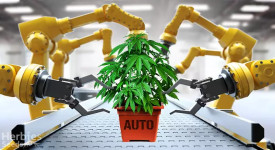

Thank you for leaving a comment for us!
Your feedback will be posted shortly after our moderator checks it.
Please note that we don’t publish reviews that: